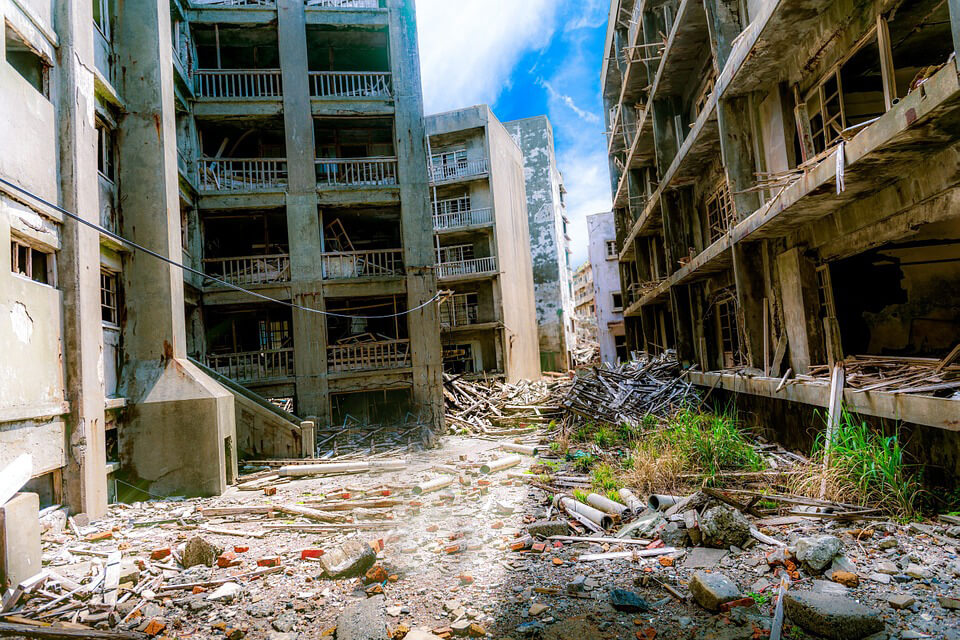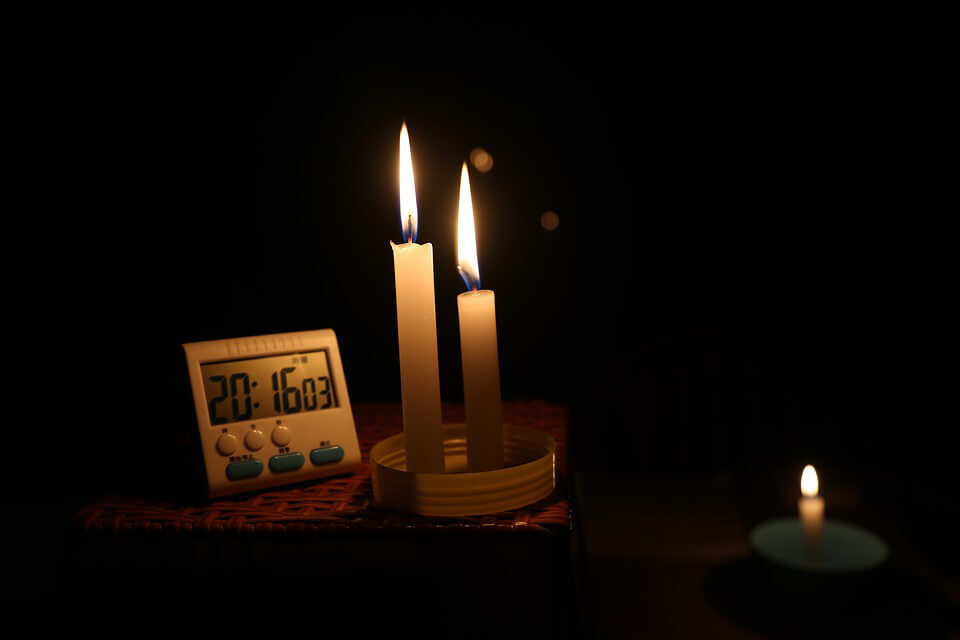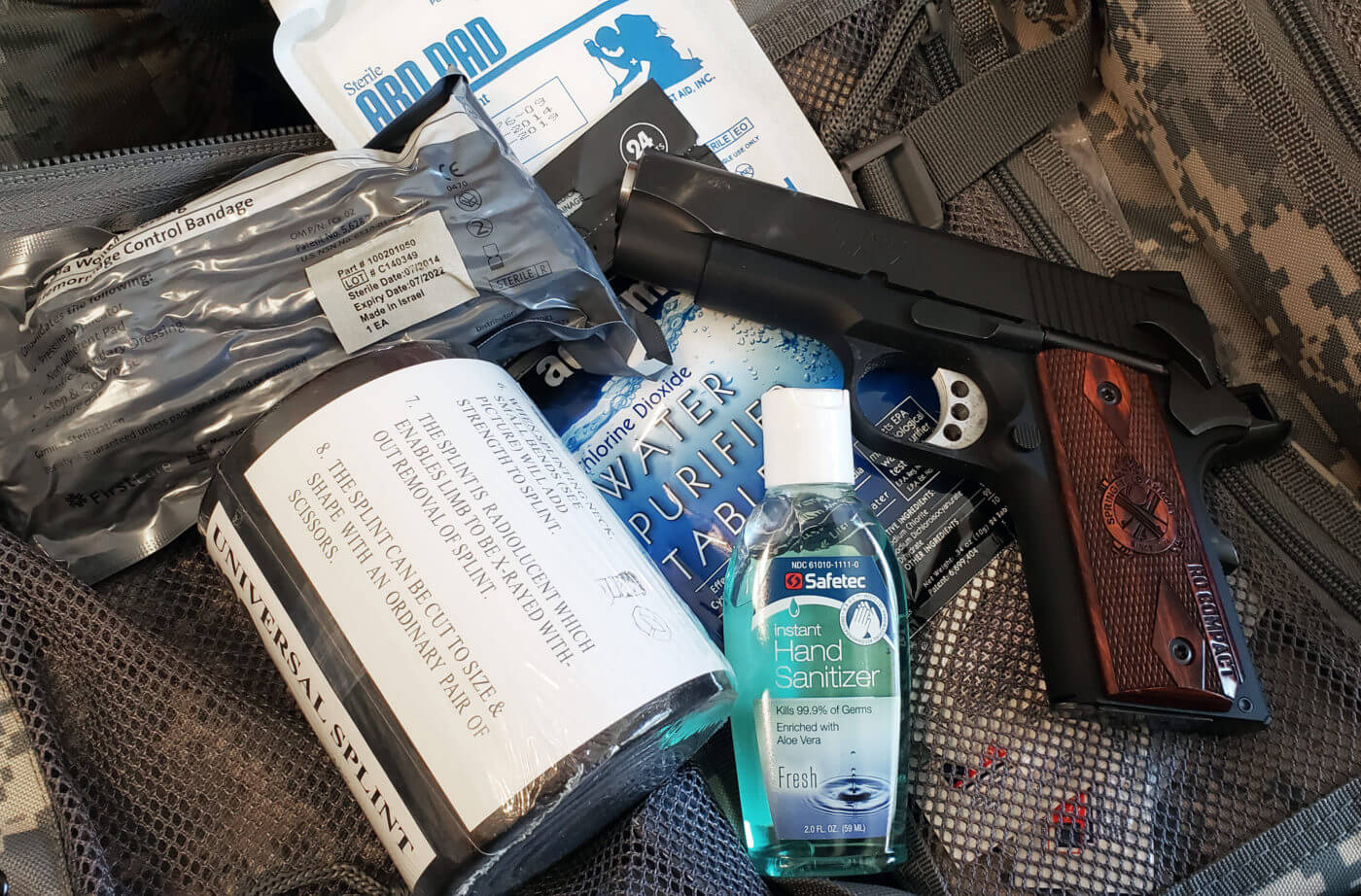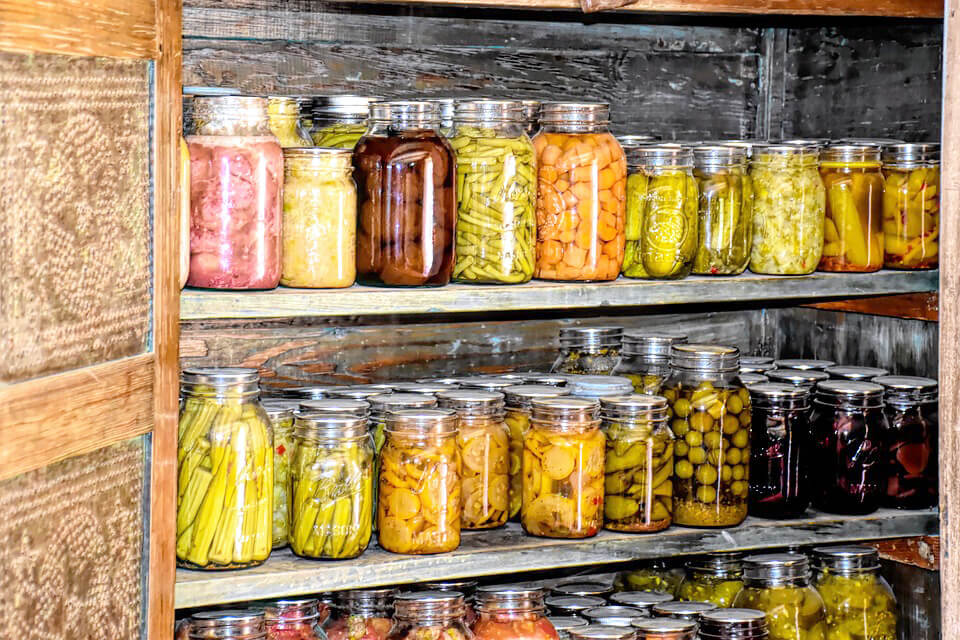When You Can’t Bug Out
December 11th, 2019
4 minute read
A lot of preparedness focuses on the concept of bugging out, or leaving your home to go to another location in the case of a disaster or unrest. Much is written about how to choose a refuge, or even just how to design a “go bag” of sorts, meant to sustain you on the run.
But what if that’s not an option? Maybe you don’t have the money to go buy a second property in the middle of nowhere. Disasters can come in all manner of ways; you may not have the time or means to get out, even if you have somewhere to go. You and your family may find yourself in a position where you need to stay right where you are during an event — whether you want to leave or not.
Here in western Montana, we got a freak blizzard last winter that snowed in a lot of people. What’s more, it was at the end of winter, when firewood and other standard winter supplies were running low for many. Up here on our mountain, we were snowed in for four days. No getting in or out, no way to go to work or even run to the grocery store.
We ended up doing fine because it was a short duration event and we prepare for things. But what if it had gone on much longer?

Assess Your Situation
The first thing to do is sit down and think about what kind of things are most likely to happen. If you live in California, for instance, an extended power outage could be something you’ll have to deal with. Maybe you live somewhere that widespread rioting has broken out and you can’t safely leave your home. Your area may be prone to earthquakes, tornadoes, hurricanes, or floods.
Whatever the threat, you’ll need to understand what it is and how it can affect not just your ability to travel, but even the structural integrity and safety of your home. Bugging in when your house is literally crumbling after an earthquake, for instance, is probably not a good idea. You’ll need supplies to make repairs if you can.

An extended power outage in the winter could cause a life-threatening situation if you’re dependent on electric heat. An ice storm or brutal cold snap can cause broken water pipes and lack of running water.
You can’t plan for every single possible scenario, but thankfully, there are some things all disasters have in common, and situations that are more expected in your area will have specifics you can plan for.
Food and Water
No matter how many scenarios you might be thinking of, you and your will family need to eat. I’ve written before about how to prep food effectively and where to store it, so I won’t belabor that point now.
The next thing to think of is how much you’ll need. You can start small and build from there; ideally, you’d have a year of food for your family. Even a week’s worth stored up, however, can make the difference between comfort and desperation in a short-term disaster.

Health and Cleanliness
The longer a disaster scenario goes on, the more it can threaten your health.
Start with any medical issues or special needs you and your family may have. Allergies, diabetes, and other issues can and should inform your medical supplies. If you have a baby or toddler, don’t forget things like diapers or training pants; female products are also an often-overlooked item.

The single best thing you can do to prepare medically for a disaster is what you’re doing right now, in your everyday life. Your health now won’t magically get any better in a situation where you’re constantly stressed and doing with less than you’re used to. Your best bet is to be working toward making your baseline health the absolute best it can be.
Cleanliness is always important, but never more so than in a disaster situation. You should have a plan — and necessary supplies — for any of the following possibilities:
- Disposal of human waste if you have no running water
- A lack of clean drinking water
- Someone in your family getting sick with something contagious
- Someone is injured and you need to keep a wound from getting infected
- Ensuring your food is safe to eat
Whatever you decide on, have a plan — and then have a backup. Get what you need, make sure you’re intimately familiar with how to use it all, and keep training. Be prepared if you can’t bug-out, and ensure you have a plan for “bugging in.”
Join the Discussion
Continue Reading
Did you enjoy this article?

 117
117






